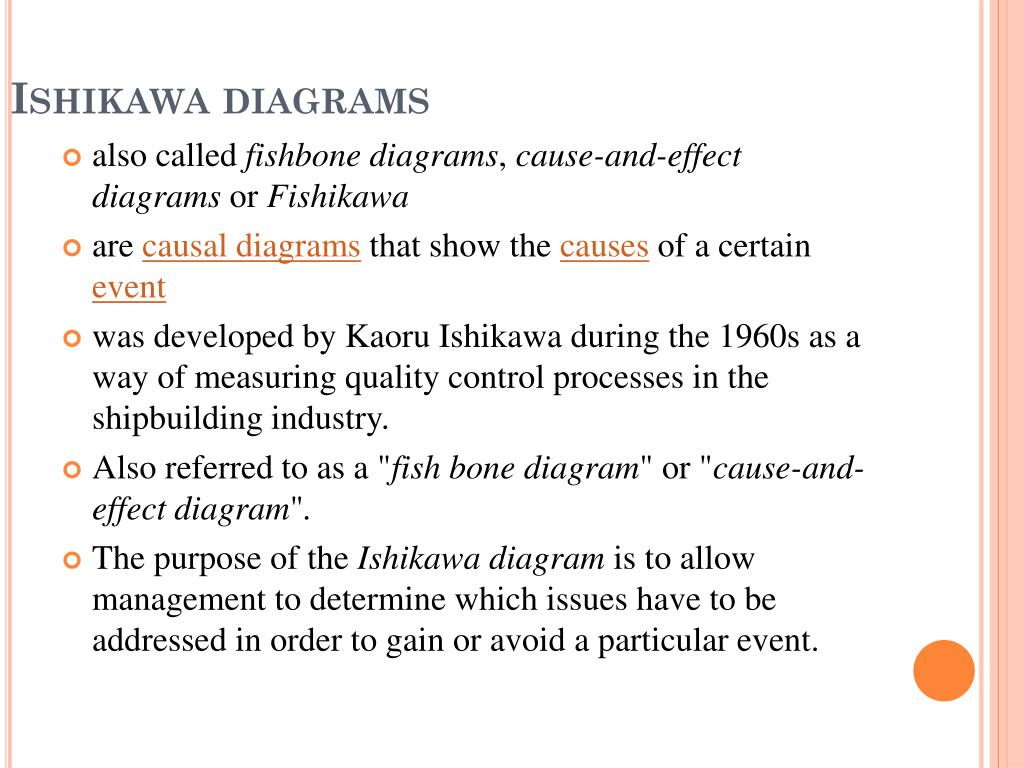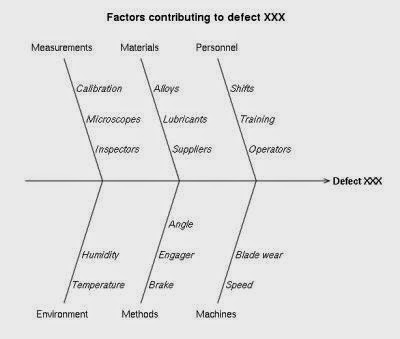


StartupNation exclusive discounts and savings on Dell products and accessories: Learn more here.įirst of all, you will need to know what you want your diagram to be about. Create branches out of each bone and label them appropriately.Decide on the bones (the factors that may influence your fish).Decide on the fish (what you want the fish to explain).Moreover, companies from manufacturing plants to medical facilities still rely on the tool. People have been using fishbone diagrams in startups since 1965, when Ishikawa developed it. To maintain focus when using fishbone diagrams, you can refer to techniques to help you reduce the number of possible causes while still coming up with enough ideas for fishbones. It leaves room for too many possibilities making it difficult to narrow down on something achievable. However, once you begin writing them down, this list often looks pretty overwhelming. When first creating fishbone diagrams, it might be easy to brainstorm all the potential causes you can think of for your particular problem. Often, people use them to solve issues related to quality management and continuous improvement. Many organizational theorists believe the fishbone diagram aids in helping people to think clearly about a problem by structuring their thoughts in an orderly fashion. Problem-solving in a fishbone diagram is a graphical tool that uses brainstorming to solve problems. You can also use them to display relationships among different things connected to the same problem.

However, fishbone diagrams aren’t just good for explaining what’s wrong with your product or service.
MODELS LIKE ISHIKAWA DIAGRAM HOW TO
Displays relationships openlyĪ fishbone diagram is an essential tool for any startup because it helps to show the problems you face and how to fix them. This fishbone diagram allows for brainstorming aimed at identifying causes of problems or improvements in a fishbone diagram.īrainstorming in fishbone diagrams usually begins with ideation about potential causes within the fishbone diagram’s core. Let’s take a look at some of the prominent reasons to use a fishbone diagram: Brainstormingīrainstorming is a method for generating ideas, mainly used to come up with creative ideas. In addition, it can help identify multiple potential problem sources rather than just one primary source. In this way, it helps brainstorm and identifies areas where further investigation might be necessary.

It helps users identify the relationship among possible causes for issues related to product design or process functionality and other types of problems. Most Popular: The Benefits of Encouraging Creativity and Innovation in the Workplace They are used for brainstorming and determining whether root causes can be found and resolved.Ī sample fishbone diagram might include categories, such as: Shutterstock What is a fishbone diagram?Ī fishbone diagram is a tool to help in the analysis phase of a project. It is mainly used to record problems and brainstorm possible causes.Īlthough a fishbone diagram template can look complex, they are straightforward to use. They help determine possible root causes of a problem by looking at many factors that may influence the situation.Ī fishbone diagram is a style of process analysis that Japanese organizational theorist Kaoru Ishikawa first described in 1965. They are also called cause-and-effect diagrams, fish disease, fish snap method, and Ishikawa diagrams.Īdditionally, these diagrams are typically used in the problem-solving process to understand what could be causing an issue. Fishbone diagrams are tools used to help diagnose the cause of problems.


 0 kommentar(er)
0 kommentar(er)
